Astana Cemetery is an important archaeological site located near the ancient city of Gaochang, in present-day Turpan, Xinjiang, China. The cemetery, primarily used during the Tang Dynasty (618 AD–907 AD), offers key insights into the cultural and burial practices of the region’s ancient inhabitants.
Get your dose of History via Email
Historical Context
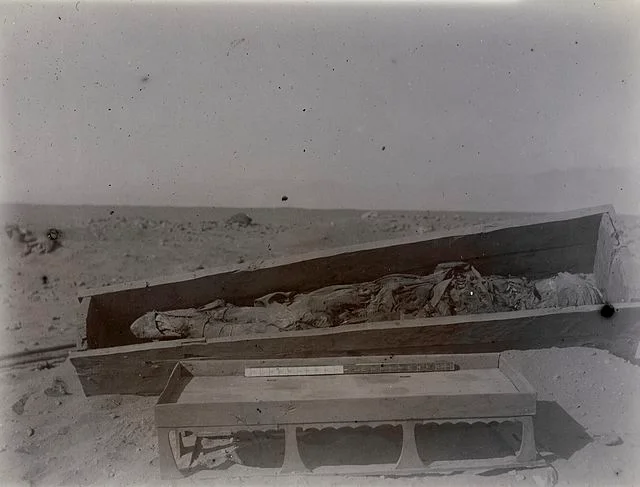
Astana Cemetery served as the burial ground for the residents of Gaochang, an important trading hub on the Silk Road. The cemetery was in use between the 3rd and 8th centuries AD. During this period, the region was influenced by multiple cultures, including the Han Chinese, Sogdians, and Tocharians. These cultural influences are evident in the art and burial practices found in the tombs.
Excavation and Discovery
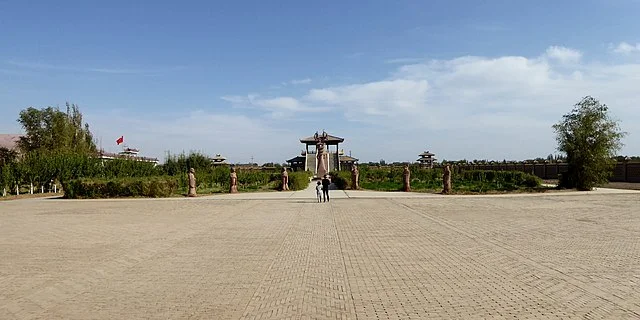
The cemetery was discovered and excavated in the early 20th century by several archaeological teams, most notably by the Swedish explorer Sven Hedin and Chinese archaeologists. Excavations revealed over 500 tombs containing well-preserved mummies, artifacts, and manuscripts. Due to the dry climate of the Turpan Basin, many of these finds were in excellent condition, offering archaeologists valuable material for study.
Tomb Structure and Burial Practices
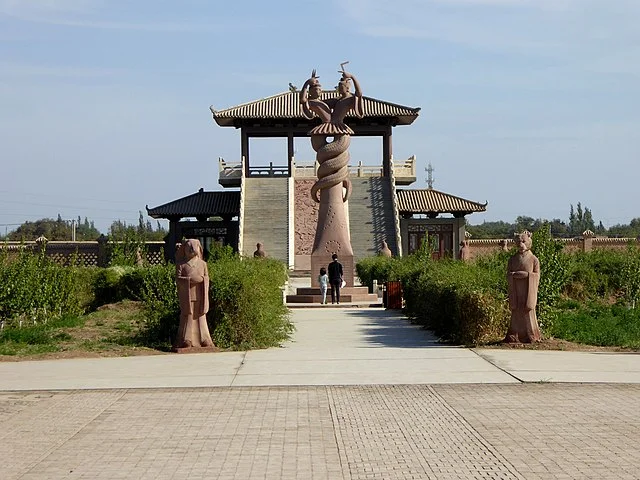
The tombs at Astana Cemetery vary in size and complexity. Some were simple earthen graves, while others were more elaborate, built with bricks and containing murals. Most tombs were chambered, with coffins placed in niches. Burials included a range of objects, from everyday items to luxury goods, reflecting the wealth and status of the deceased. Items such as textiles, wooden figurines, pottery, and coins were commonly found.
Interestingly, the tombs also show evidence of both Chinese and Central Asian burial practices. The presence of painted portraits of the deceased, often found in tombs, points to a cultural mix of local and foreign customs. These portraits provide a glimpse into the dress and appearance of the people living in Gaochang during this period.
Mummies of Astana
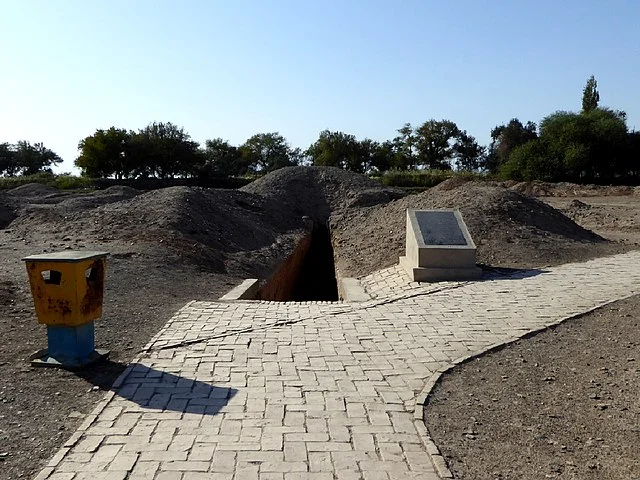
One of the most significant discoveries at Astana Cemetery is the presence of mummies, some of which are remarkably well-preserved due to the region’s arid climate. These mummies range from ordinary citizens to government officials. The preservation of their hair, clothing, and even facial expressions has provided researchers with a wealth of information on the daily lives and customs of the Tang-era inhabitants of Gaochang.
Artifacts and Cultural Significance
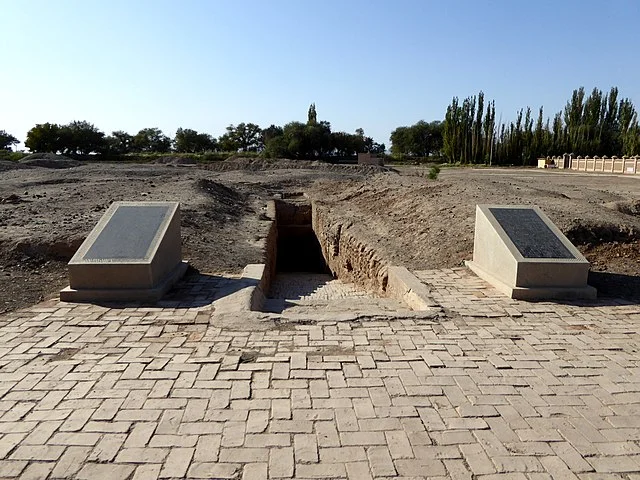
Artifacts recovered from the tombs include manuscripts written in Chinese and other Central Asian languages, reflecting the diverse population of Gaochang. Many of these texts are administrative documents or religious texts, shedding light on the governance and spiritual life of the region. Additionally, the murals and pottery discovered at the site display artistic styles that combine both Chinese and Central Asian influences.
Conclusion
Astana Cemetery offers a unique window into the multicultural environment of the ancient Silk Road. The blend of burial customs, artifacts, and mummies discovered at the site provides valuable insights into the cultural exchanges that took place in the region. As an important archaeological site, it continues to be studied for its contributions to understanding the interactions between different civilizations along the Silk Road during the Tang Dynasty.
Source:

